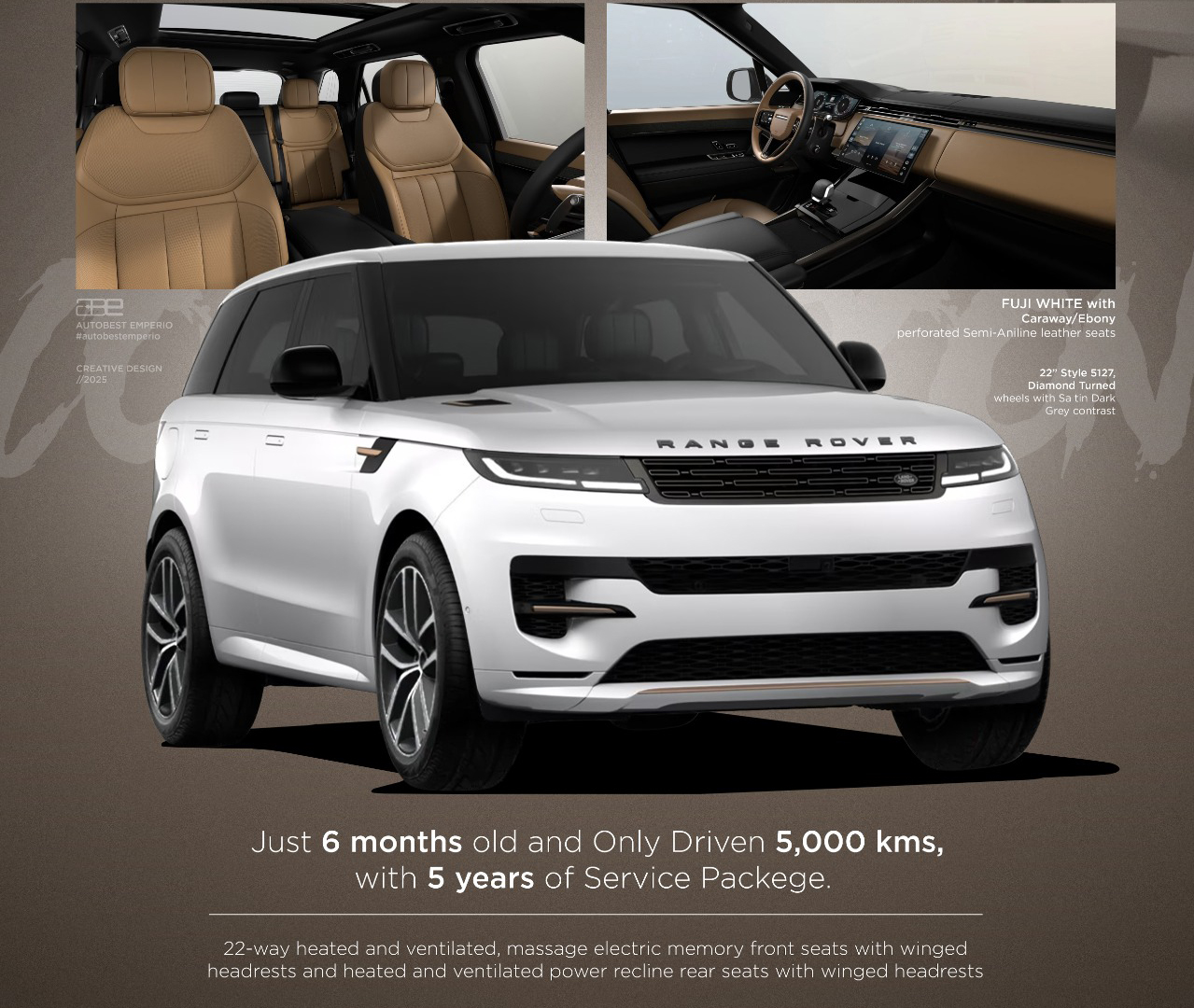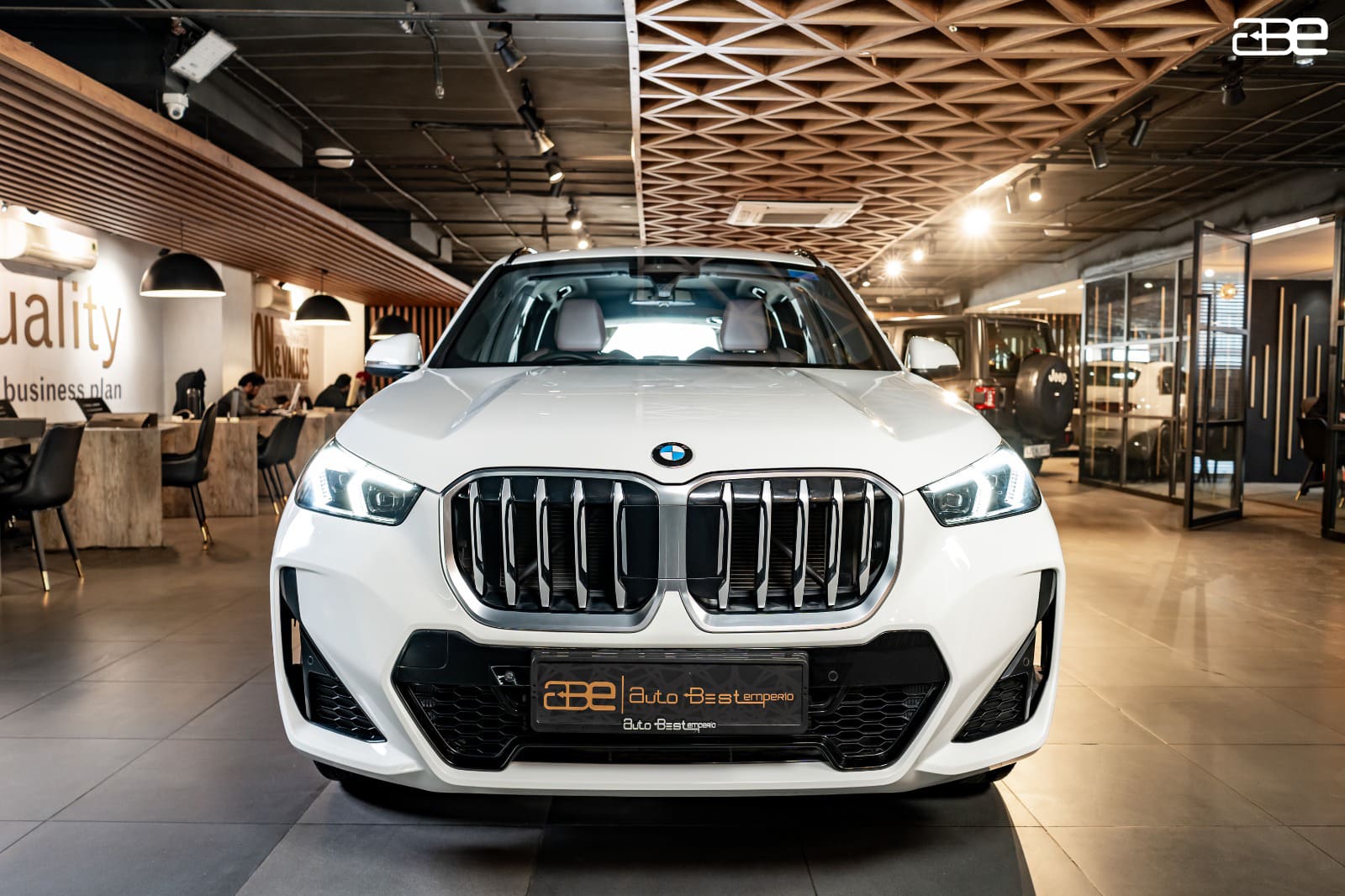Know About These Different Types Of Electric Vehicles

Electric Vehicles - Future Of Advanced Cars Technology
The future is growing. It is clear when we observe how EVs are building their own market in the automobile sector, and they are predicted to capture a large market in the future decade by releasing cars that are accessible to people of all income levels. So, in addition to Porsche and Tesla, other brands such as Tata, Mahindra, and other cheap brands can be seen reigning the Indian roadways.
However, in terms of the environment, EVs have a better hand in controlling air quality and contribute less to global warming. After all, EVs are doing one of the best things for the environment, which has pushed it to embrace the future of modern automobile technology.
Why You Should Invest In Electric Vehicles
Tesla introduced the first electric car in the automobile industry, and it quickly rose to the top of the market in terms of technological innovation and pollution reduction. This concept of introducing EVs is already controlling the world, and investors are encouraged to invest in this field. Let's look at the other grounds for their investment in electric automobiles.
More technological breakthroughs with the goal of lowering emissions to zero in a decade, and green mobility is one of the reasons why people should invest in these automobiles.
Investing in EVs does not obligate you to buy these electric vehicles. Investment involves purchasing the manufacturer's shares directly or indirectly investing in their core materials with the goal of making a bigger profit in a few years.
Currently, there are several ETFs (Exchange Traded Funds) accessible for investors to gain exposure.
Also Read: Electric Car Pros And Cons (EVs)
Different Types Of Electric Vehicles Available In The Market
There are four types of EVs you are likely to find on Indian roads.
Classification of EVs
-
Battery Electric Vehicles (BEVs)
Battery Electric Vehicles or All Electric Vehicles are totally battery-powered and run on electric energy, which is stored in a battery pack that is charged and large enough to power more than one engine.
-
Plug-in hybrid Electric Vehicles (PHEVs)
You might have heard about the series Hybrid. Yes, the plug-in hybrid is the same. This EV runs on both fuel and biodiesel. Also, it comes with a rechargeable battery pack which can be externally charged.
-
Hybrid Electric Vehicles (HEVs)
These are also known as series or parallel hybrids since they have both an engine and an electric motor. The engine is powered by fuel, while the motor is powered by batteries.
Also Read: Hybrid Cars: All You Need To Know
-
Fuel cell Electric Vehicles (FCEVs)
These are zero-emission automobiles powered by fuel cell technology. This fuel cell technology assists in the generation of electricity to power the vehicle.
Comparison of Different Types Of Electric Vehicles
-
Battery Electric Vehicle
Main Components of BEV
-
Drivetrain
-
Inverter
-
Battery
-
Electric Motor
-
Control Module
How does it work?
The electric motor gets power from the battery pack which helps in moving of the vehicle tyres.
-
Plug in Hybrid Electric Vehicles
Main Components
-
Electric motor
-
Control Module
-
Fuel Tank
-
Exhaust system
-
Charge port
-
Internal combustion engine
-
Battery pack
-
Inverter
How does it work?
Here, the EV first runs on an electric motor till the charging drains and once there is no battery left, the EV’s transmission will automatically shift to the engine.
-
Hybrid Electric Vehicles
Main Components of HEVs
-
Engine
-
Electric motor
-
Charge port
-
Drivetrain
-
Inverter
-
Battery pack
-
Control module
How does it work?
HEVs run just like a regular petrol or diesel-powered vehicle. However, it can source power either from an engine or an electric motor.
-
Fuel Cell Electric Vehicle
Main components of FCEV
-
Fuel cell stack
-
Fuel tank
-
Inverter
-
Battery pack
-
Electric motor
-
Control module
Also Read: What Are Fuel Cell Cars?
How does it work?
It required hydrogen fuel to be filled in the fuel tank which is converted into electricity with the fuel cell stack, charging the battery pack
Popular Electric Vehicles Models
Let’s have a look at the luxury and pre owned luxury types of electric cars which are trending this year.
-
Porsche Tycan
-
Hyundai Iconic 5
-
Tesla Model 3
-
BMW iX
-
Ford Mustang Mach-E
-
Polestar 2
-
BMW i4
-
Jaguar I-Pace
Also Read: Take A Look At Best Luxury Electric Cars
Charging Mechanism For Electric Vehicles
All electric cars, including hybrid and plug-in hybrid EVs, charge their batteries via a charger socket, much like any other electrical equipment. This charger draws power from a 240V outlet or the grid to which it is connected. This current is then sent to the EV that is connected. Charging an EV completely might take many hours. However, quick charging ports for electric cars are accessible for emergency use.
The Future Of Electric Vehicles In India
Fully electric cars are the future of the globe, and as India's population grows and it strives to become a developed economy, such technology will be embraced to the fullest. In the next ten years, the automobile industry might be dominated by EVs in both the vehicle and motorcycle segments. This suggests that the EV market might witness more than 10 million sales each year.
Conclusion
EVs are now highly entertained and supported in the luxury segment. However, not everyone can afford to buy these high-end vehicles. As a result, here at Autobest, we have compiled a list of pre-owned luxury automobiles in the electric category that may be readily purchased. So, if you want to go worldwide and help the environment, we at Autobest offer the best pre owned luxury cars collection for you.
FAQ
How many types of electric vehicles are available in India?
Four types of EVs are available in India. They are
-
Battery Electric Vehicle
-
Plug-in Hybrid Electric Vehicle
-
Hybrid Electric Vehicle
-
Fuel Cell Electric Vehicle
Which is the best model of an electric vehicle?
For Indian roads, the Mercedes Benz EQE SUV is the best EV model.
What is the future of electric vehicles in India?
EVs are quite hyped in India and in over a decade, the production of fuel-based cars will be reduced as per the reports. The entire automobile sector will be ruled by the EVs.
Is it beneficial to buy electric vehicles in India?
Yes, it is highly beneficial to buy EVs in India as it will provide a positive impact to the environment, especially regarding air pollution which is indeed a major issue in this country.
More Blogs To Read
A Buyer's Guide to Used Electric Cars
The Future of Electric Luxury Cars: Modifications and Upgrades to Look Out For
Best Luxury Electric Cars: High-End Features with Longest Range

 By Admin
By Admin









